Stephen Mihm: America's corn syrup addiction began with deceit
Published in Op Eds
Trivia quiz: What do Japan’s Fermentation Research Institute, Secretary of Agriculture Earl “Rusty” Butz and the Soviet invasion of Afghanistan have in common?
Answer: Each, in their way, helped foster America’s widespread adoption of high fructose corn syrup, the sweetener that Health Secretary Robert F. Kennedy, Jr. has vowed to ban.
The country’s dependence on corn syrup is the product of historical events that look like raw material for a Thomas Pynchon novel. They’re stranger than fiction — and they help explain the backlash Kennedy’s crusade will face, given the financial ripple effects expected across the many industries involved in getting food and beverages onto grocery store shelves.
Unlike conventional corn syrup, a form of glucose derived from starch that has been around for over 200 years, high fructose corn syrup wasn’t developed until after World War II, when scientists in Japan began tinkering with the grain, hoping to transmogrify this staple into new products.
They discovered that an enzyme produced by bacteria, glucose isomerase, could convert ordinary dent corn into a high-octane sweetener. In 1971, the chemist Yoshiyuki Takasaki, working in Chiba City, Japan, patented the process.
None of this would have mattered had not Butz, a profane member of President Richard Nixon’s administration, decided to overturn decades of agricultural policy, setting the stage for high fructose corn syrup to make its debut.
Butz hated New Deal agricultural programs, which stabilized prices by paying farmers to limit the acreage under cultivation. He wanted to foster consolidation and boost production, and he frequently warned farmers to “get big or get out” — telling them to plant from “fence row to fence row.”
He had important allies, most notably Dwayne Andreas, head of the food-processing company Archer-Daniels-Midlands Co. Andreas was a famously corrupt and secretive businessman who once quipped to Wall Street analysts that “getting information from me is like frisking a seal.” Andreas helped convince Nixon that Butz’s pursuit of overproduction was the way to go.
Ordinary farmers reasonably asked: What if they raised too much wheat and corn and prices collapsed? There wasn’t enough domestic demand to absorb the predicted surplus. Butz and Andreas hit upon an unexpected buyer in 1971: the Soviet Union, which had suffered crop failures and desperately needed grain to feed livestock.
The purchase led to a formal trade agreement, and the Soviets began buying billions of dollars’ worth of corn and other grains. By 1972, they bought upward of a quarter of the entire harvest. Corn prices tripled, fueling a planting frenzy in the American Heartland.
At first, the soaring price meant that high fructose corn syrup remained a curiosity. The year 1974, though, changed everything. Sugar prices increased fivefold, thanks to bad harvests, a surge in Soviet imports (again) and other disruptions. This sugar high, combined with declining corn prices — partly because President Gerald Ford scaled back sales to the Soviets — led to a glut of the crop.
Andreas, desperate to find an outlet for the surplus, now began building facilities to perform the alchemy of converting surplus corn into high fructose syrup. His plan was simple: Pitch the sweetener as a cheap alternative to cane sugar.
One of the first adopters was jam and jelly maker JM Smucker Co. Its CEO, Paul Smucker, told the Wall Street Journal in 1976 that ADM and its competitors “couldn’t have picked a better time to come on stream with new capacity.” Smucker insisted the sugar substitute was better than the real thing: “High fructose has the little extra we’ve been seeking to enhance the flavor of the product.”
While Smucker believed the ultra-processed ingredient had a certain je ne sais quoi, others were more skeptical — particularly after sugar prices began to fall, making the traditional sweetener more competitive. At the same time, corn prices climbed, thanks to the resumption of shipments to the Soviet Union. ADM’s experiment to find new outlets for surplus corn (a strategy that also included ethanol production) was in danger.
The Soviets, oddly enough, saved the day. After they invaded Afghanistan in December 1979, President Jimmy Carter slapped a grain embargo on the Soviet Union, ending all corn shipments. Prices tumbled, suddenly making high fructose corn syrup a much cheaper alternative. In response, Coca-Cola Co. made the momentous decision to replace some of its reliance on cane sugar with the new sweetener in 1980.
This was great news for ADM, but Andreas wasn’t taking any chances. Over the next year, he orchestrated the passage of a clever act of agricultural protectionism in Congress. Rather than subsidizing corn production (too obvious!), he instead funded a secret campaign to prop up domestic cane sugar growers, and by extension, the price of sugar.
His gambit led to the passage of federal legislation in 1981 that restricted sugar imports, guaranteeing that Americans would pay significantly more for the stuff than most nations around the world. Most critics of the legislation have assumed that this was a sop to domestic sugar interests, never realizing the role that ADM and Big Corn played in the legislation.
By the mid-1980s, most soft drink manufacturers had made the switch to high fructose corn syrup, as did a growing number of food companies. Consumption of the new sweetener kept increasing until about 2005, when it peaked. It has declined, however modestly, since that time.
Now RFK Jr. wants to get rid of it altogether. It’s a laudable goal, perhaps, though it’s not clear whether cane sugar is all that much healthier. Still, if he wants to have a shot at succeeding, an awareness of the decades of machinations that led to its ubiquity in our food supply is a good place to start.
_____
This column reflects the personal views of the author and does not necessarily reflect the opinion of the editorial board or Bloomberg LP and its owners.
Stephen Mihm, a professor of history at the University of Georgia, is coauthor of “Crisis Economics: A Crash Course in the Future of Finance.”
_____
©2025 Bloomberg L.P. Visit bloomberg.com/opinion. Distributed by Tribune Content Agency, LLC.
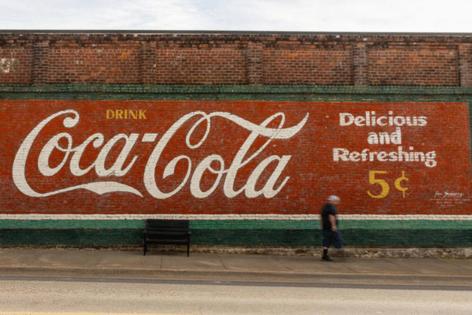



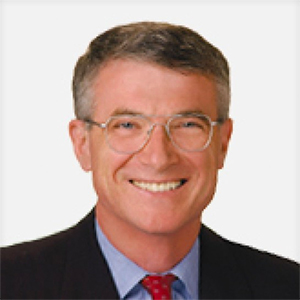



















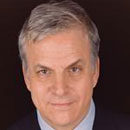

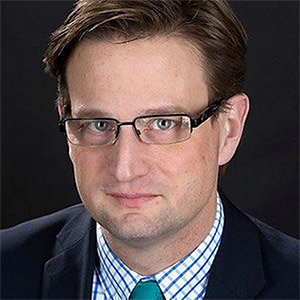









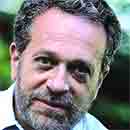














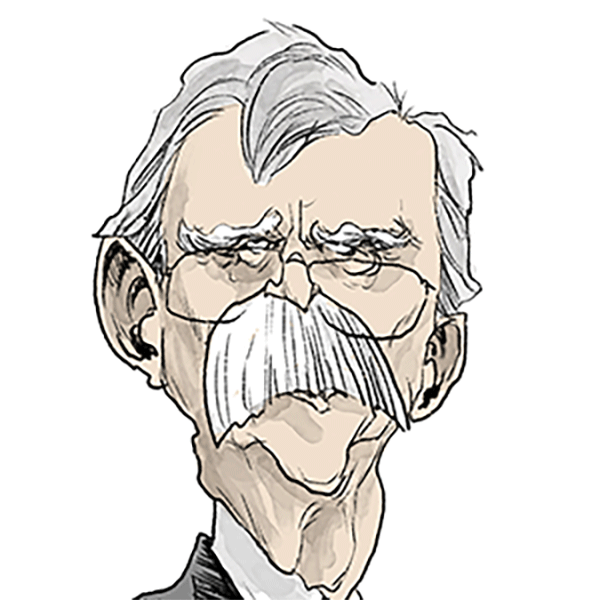
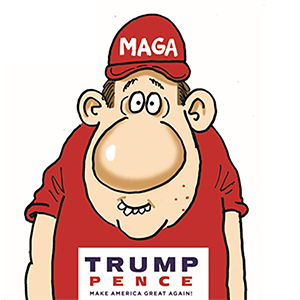
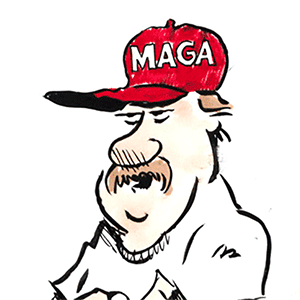



Comments